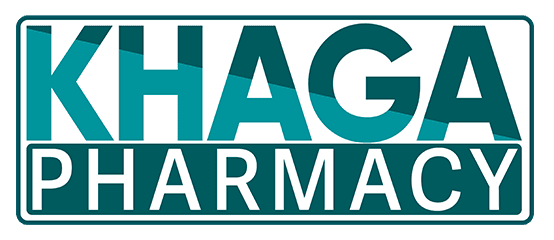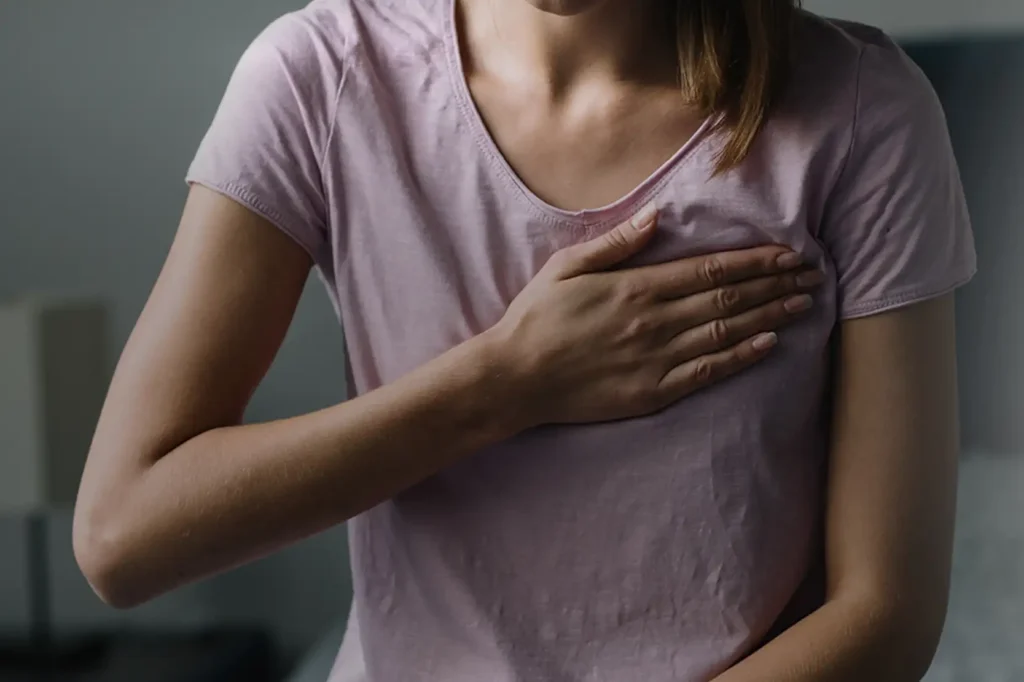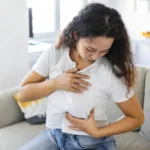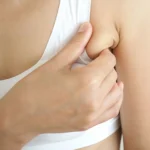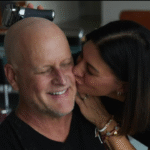Understand when to see a doctor, what symptoms to watch for, and how early detection saves lives. By comparing real rash examples with expert-backed information, this article offers clarity and reassurance for anyone worried about breast skin changes. Don’t ignore persistent rashes get informed and act early for peace of mind and better health outcomes.
Introduction to Real Breast Cancer Rash Pictures:
If you’ve ever noticed a strange rash on your breast and felt unsure whether it’s something simple like irritation or something serious you’re not alone. Many women (and even men) search for breast cancer rash pictures online to compare and understand what their skin changes might mean. While most rashes are harmless, in some cases, they can be an early sign of inflammatory breast cancer (IBC) or Paget’s disease of the breast, both of which require immediate medical attention.
This guide provides clear explanations, visual insights, and expert-backed information so you can understand how to recognize a breast rash, when to be concerned, and what next steps to take. By exploring real-life images, symptoms, and medical context, you’ll gain confidence in distinguishing between a minor skin reaction and a possible sign of breast cancer.
Short-term plans are affordable but may lack comprehensive benefits like preventive care or maternity coverage.
What Does a Breast Cancer Rash Look Like:
A breast cancer rash doesn’t look the same for everyone. It may appear as red, inflamed, or patchy skin that resembles eczema, hives, or an infection. Some rashes feel itchy, scaly, or warm to the touch.
For example, in inflammatory breast cancer, the rash often spreads quickly and makes the breast appear swollen, red, or “pitted” like the skin of an orange (known as peau d’orange). In Paget’s disease of the breast, the rash may look like flaky, crusty, or oozing skin around the nipple or areola. These visual differences are important to notice, as they help doctors determine the cause and urgency of treatment.
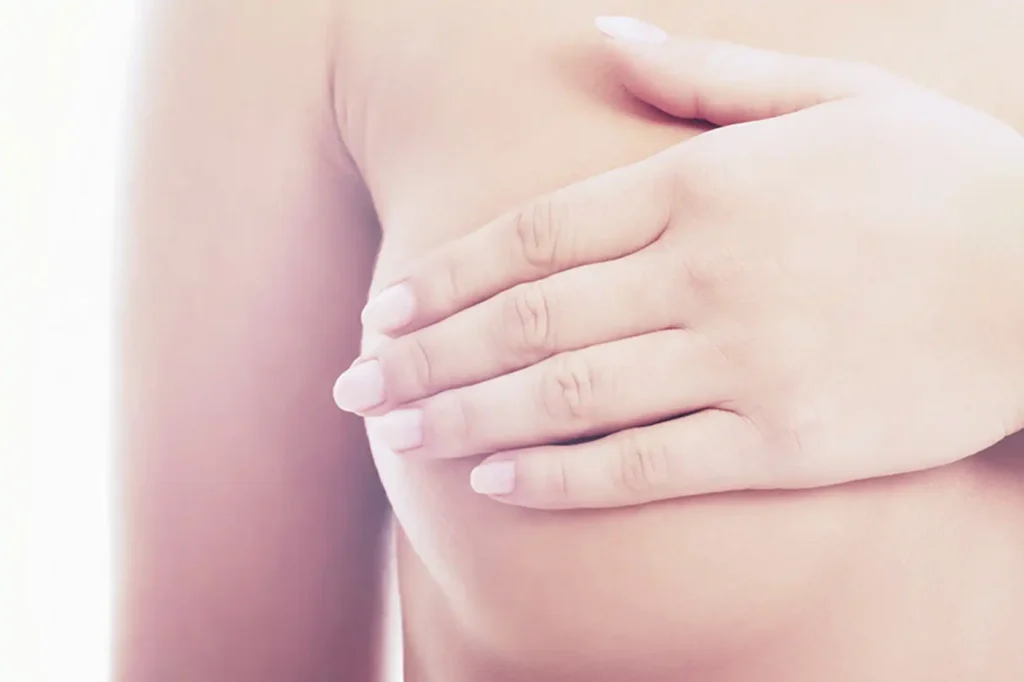
Breast Cancer Rash Pictures vs. Common Rashes:
It’s easy to confuse a breast cancer rash with conditions like allergic reactions, fungal infections, or heat rashes. However, there are subtle but important differences. Looking at medical photographs online can help, but never replace an in-person medical evaluation. A dermatologist or breast specialist can confirm whether your rash is harmless or cancer-related.
More Read
- Breast cancer rash pictures often show persistent redness that doesn’t improve with creams or antibiotics.
- Regular skin rashes usually respond to over-the-counter treatments within days.
- Inflammatory breast cancer rashes may cause swelling, tenderness, or a sudden change in breast size, unlike common rashes.
Symptoms That Accompany a Breast Cancer Rash:
A rash alone doesn’t always mean breast cancer. However, certain symptoms appearing with the rash should be taken seriously. When these symptoms appear together, especially if they don’t improve, doctors often recommend a mammogram, biopsy, or further imaging to rule out cancer.
- Persistent breast pain or burning sensation
- Nipple discharge, crusting, or bleeding
- Rapid breast swelling or firmness
- Skin that looks dimpled or pitted
- Rash spreading around the nipple or across the breast
When to See a Doctor:
If you notice a rash that looks suspicious, the rule of thumb is: if it doesn’t improve in 1–2 weeks, seek medical advice. Breast cancer rashes progress quickly compared to ordinary skin irritation.
Doctors typically start with a physical exam, followed by imaging or biopsy if cancer is suspected. Early diagnosis greatly increases survival rates in inflammatory breast cancer and Paget’s disease. That’s why it’s better to check early rather than wait.
Breast Cancer Rash Pictures: Key Takeaways:
- Not all breast rashes are cancer, but some can signal serious conditions.
- Inflammatory breast cancer rash: red, swollen, warm, pitted skin.
- Paget’s disease rash: scaly, crusty, nipple-centered rash.
- Common rashes usually heal with creams; cancer rashes persist or worsen.
- Always consult a doctor if your rash doesn’t improve.
FAQ
Most frequent questions and answers
Yes, breast cancer (especially Paget’s disease) can cause itchy, scaly, or irritated skin.
If it spreads, doesn’t heal with creams, or is accompanied by swelling, pain, or nipple changes, see a doctor immediately.
No, they vary some look like eczema, others like red patches or thickened skin.
Conclusion:
Understanding breast cancer rash pictures can make a real difference in spotting warning signs early. While many rashes are harmless, persistent redness, swelling, or nipple changes should never be ignored. Comparing medical photos with your symptoms may help, but only a doctor can confirm the cause. Early detection of inflammatory breast cancer or Paget’s disease leads to better outcomes. If your rash doesn’t improve within two weeks, seek medical advice immediately because your health and peace of mind are worth it.
